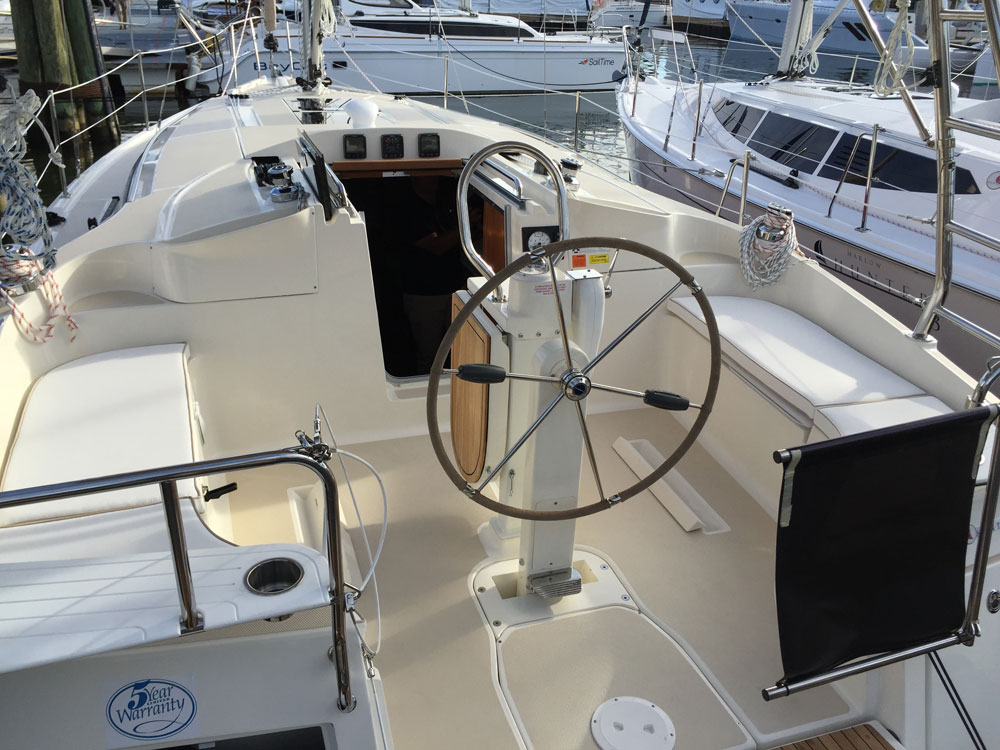
Release scheduleĬockpit has a time-based release cadence, with new versions appearing every two weeks. Once Cockpit is up and running, you can access systems from all major web browsers on any operating system (including Windows, MacOS, and Android).
#Cockpit view install#
You can install Cockpit on the major distributions, including:
#Cockpit view free#
Free & freeĬockpit is free to use and available under the GNU LGPL.
#Cockpit view code#
As a result, Cockpit gets easier to use all the time.Īll code changes have tests which must pass before merging, to ensure stability. We test Cockpit with usability studies to make it work the way you’d expect and adjust accordingly. Designed & testedĬockpit’s design keeps your goals in mind. More features appear in Cockpit every release. Inspect detailed metrics that correlate CPU load, memory usage, network activity, and storage performance with the system’s journal.Examine SELinux logs and fix common violations in a click.Spot and react to misbehaving virtual machines.Write your own custom modules to make Cockpit do anything you wantĪlso troubleshoot and fix pesky problems with ease:.Extend Cockpit’s functionality by installing a growing list of apps and add-ons.


Switch between multiple Cockpit servers.Use a terminal on a remote server in your local web browser.Inspect and interact with systemd-based services.Manage storage (including RAID and LUKS partitions).Here’s a subset of tasks you can perform on each host running Cockpit: ExtendableĬockpit also supports a large list of optional and third-party applications. It runs on demand, thanks to systemd socket activation. Network-wide logins are also supported through single-sign-on and other authentication techniques.Ĭockpit itself doesn’t eat resources or even run in the background when you’re not using it. It doesn’t reinvent subsystems or add a layer of its own tooling.īy default, Cockpit uses your system’s normal user logins and privileges. IntegratedĬockpit uses APIs that already exist on the system. Cockpit even has a built-in terminal, which is useful when you connect from a non-Linux device. You can switch back and forth between Cockpit and whatever else you like. Keep using the command line, Ansible, and your other favorite tools and add Cockpit to the mix with no issues.Ĭockpit uses the same system tooling you would use from the command line. Have a favorite app or command line tool that you use on your servers? Basically, you can think of Cockpit like a graphical “desktop interface”, but for individual servers. It’s easy to start containers, administer storage, configure networks, and inspect logs. See your server in a web browser and perform system tasks with a mouse. You don’t have to remember commands at a command-line. Pure X HUD v6 by Familiar (AP|TC) īased on Ulfius's Military Hud (which veterans of CMOD 3 will fondly remember) and Samuel Creshal's YS-HUD-Mod, Familiar has created a "more laconic and clear interface" specifically for use with CMOD 4, which I think is a fantastic "upgrade" of the Vanilla HUD without entirely overhauling it in the process.Cockpit makes Linux discoverable. Near the middle of the page for the downlload links.enjoy Please use the compatible versions provided in the addon packs.
#Cockpit view mod#
The XRM is NOT compatible with full cockpit mods, engine trail mods, any mod that adds ships, or any mod that alters TWareT (Except the EMP which is merged). There are five versions of the cockpit mod - the original, one with no glass tints or reflections, one with no tints and the HUD info bar put back in, PSCO1's new version with a lite, cut down HUD, and one with the Gravidar and HUD info in.

Cockpit Mod v1.30b with glass tints and reflections by PSCO1 - SPK VersionĬockpit Mod v1.30b with no glass tints by PSCO1 - SPK VersionĬockpit Mod v1.30b with HUD Info put back and no tints by PSCO1 - SPK VersionĬockpit Mod v1.30b with a cut down, lite version of the HUD by PSCO1 - SPK VersionĬockpit Mod v1.30b with tints, HUD info and Gravidar put back by PSCO1 - SPK Version


 0 kommentar(er)
0 kommentar(er)
